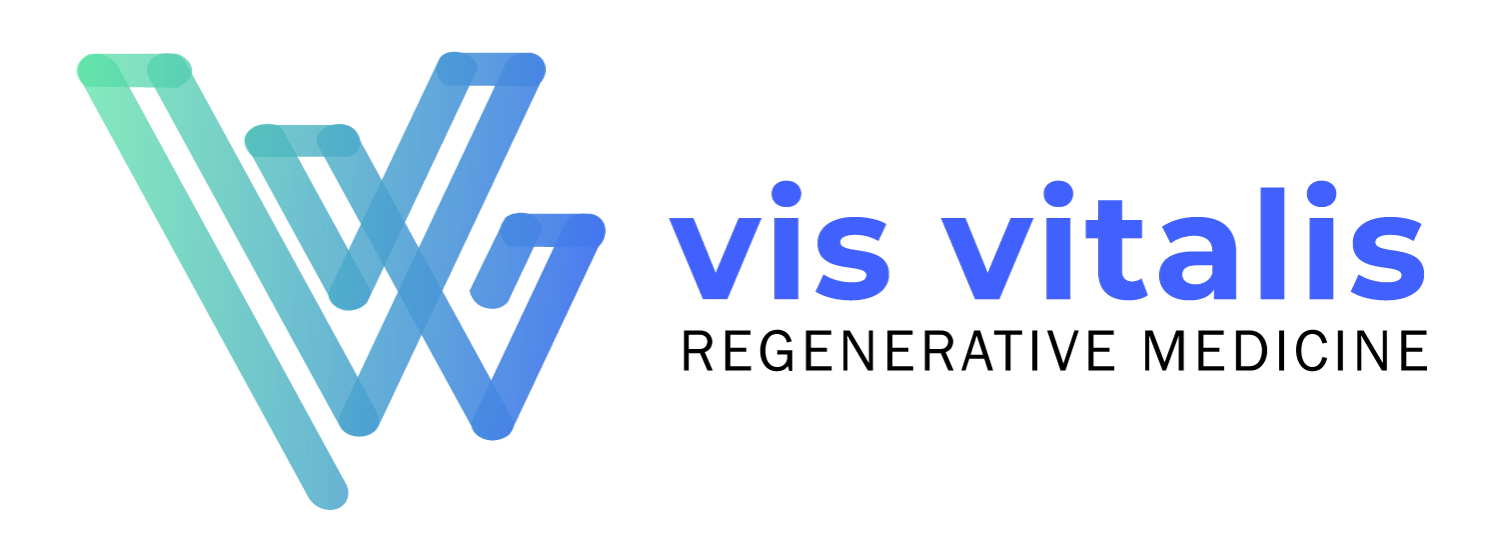Relieve Pain. Restore Mobility. Reconnect to Your Body.
Unlock chronic tension, release fascial restrictions, and support whole-body healing—naturally.
More Than a Massage—This Is Manual Medicine
Deep Tissue Massage* works through layers of muscle to reduce chronic tension and pain, while Myofascial Release targets connective tissue (fascia) to restore movement and relieve pressure. Together, they promote healing, flexibility, and better alignment.
Symptoms We Treat
Alleviates Chronic Back, Neck, & Shoulder Pain
Increases Range Of Motion
Releases Tension From Repetitive Motion Or Injury
Reduces Inflammation & Pressure
Aids Posture & Alignment
Supports Emotional & Nervous System Regulation
How It Works
1. Initial Assessment
You’ll discuss goals, pain areas, and movement history.
2. Tailored Manual Therapy
Techniques applied slowly and specifically to tight or restricted areas.
3. Aftercare Guidance
Stretching, hydration, or movement tips to extend benefits.
Why Fascia Matters
Fascia is the web of connective tissue surrounding your muscles. When it’s tight or damaged, it can limit movement, cause pain, and compress nerves. Myofascial release helps restore its natural glide and elasticity.
What We Treat
✅ Chronic muscle tension
✅ TMJ and jaw tension
✅ Postural dysfunction
✅ Headaches and migraines
✅ Scar tissue and adhesions
✅ Whiplash or car accident injuries
✅ Athletic overuse conditions
✅ Fibromyalgia and fascia-related pain
Who It’s For
-
Desk workers with upper body tension
-
Athletes recovering from overuse
-
Post-surgical patients
-
Individuals with restricted movement
-
Clients with chronic headaches or TMJ
-
Anyone feeling “stuck” in their body
FAQs
Will it hurt?
-
Deep tissue massage may cause some discomfort, especially in tight or chronically tense areas.
-
However, it should not be painful — your therapist will adjust pressure to your comfort level.
-
Afterward, it’s normal to feel sore for a day or two, similar to a good workout.
How is this different from Swedish massage?
-
Swedish massage focuses on relaxation using light to moderate pressure with long, flowing strokes.
-
Deep tissue massage targets deeper layers of muscle and fascia using firm, focused pressure to release tension, break up adhesions, and restore mobility.
-
Myofascial release specifically addresses fascia (the connective tissue surrounding muscles) through sustained, gentle pressure to improve flexibility and reduce pain.
How long does it take to see results?
-
Many patients feel relief after just one session, especially if muscle tightness or tension is the root issue.
-
For long-standing conditions or chronic pain, a series of treatments may be needed to achieve lasting improvement.
Can it be combined with other therapies (e.g., E-Stim, PRP)?
-
Absolutely — it’s often more effective when combined with complementary therapies such as:
-
⚡ E-Stim Therapy – to improve muscle activation and reduce spasms
-
💉 PRP or stem cell injections – to prepare soft tissues for regenerative healing
-
🌀 Ultrasound or G5 Therapy – to warm up tissues and support circulation
-
-
Your provider can design a custom recovery plan that layers these therapies safely and effectively.
How often should I get this treatment?
-
For chronic tension or pain, we often recommend 1 session per week for 3–6 weeks, then tapering to monthly maintenance.
-
For stress relief or general wellness, once or twice a month is usually sufficient.
